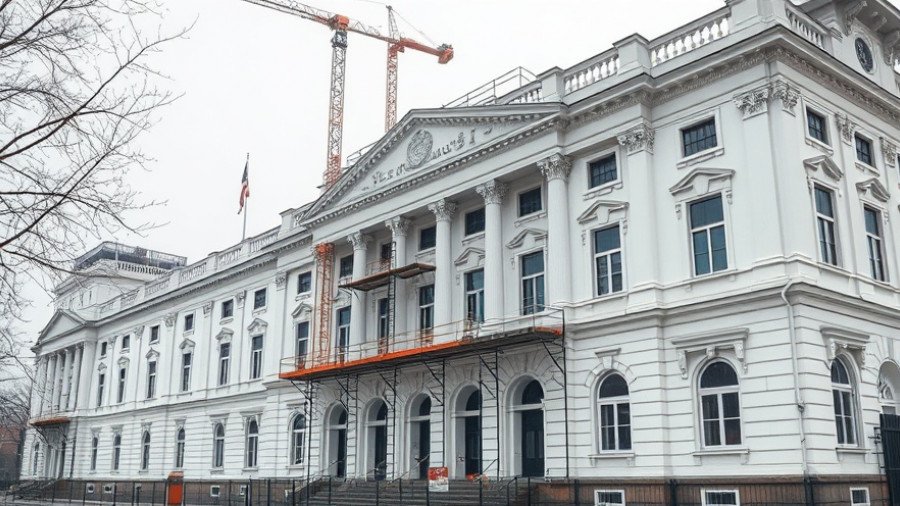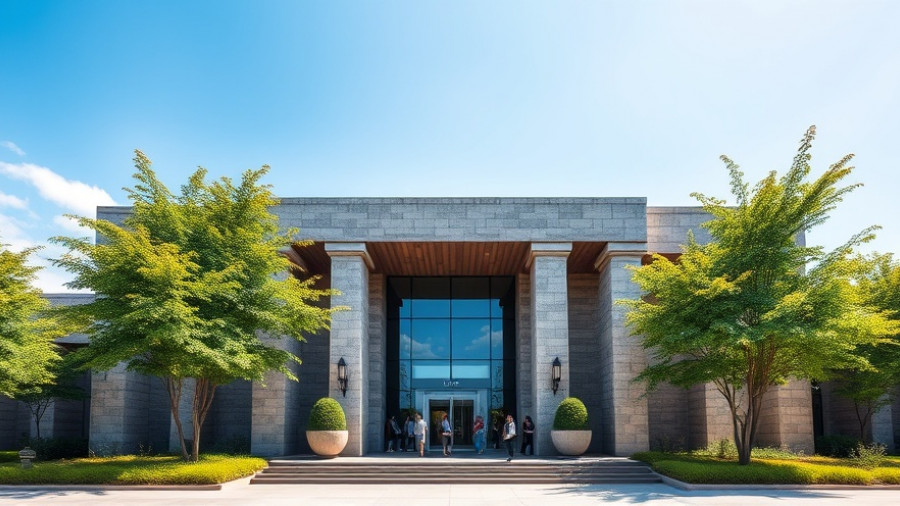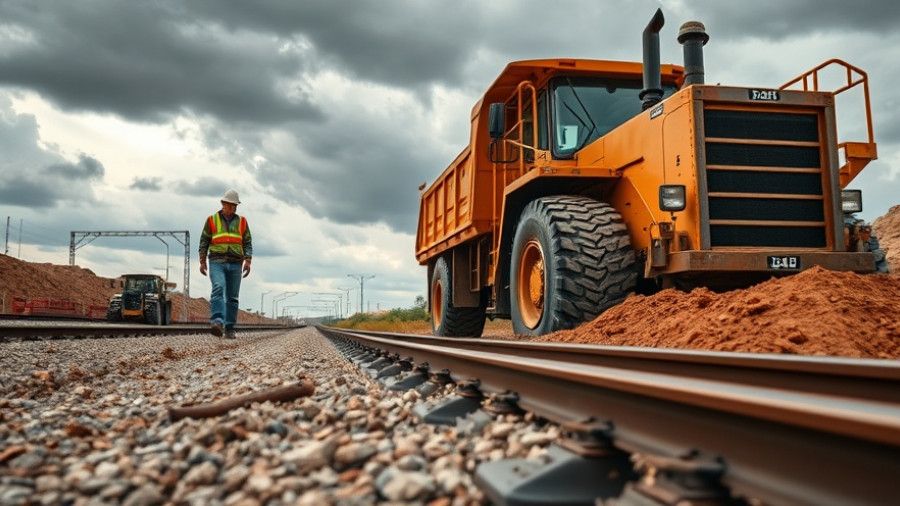
California's Bold Move Towards Multifamily Housing
California is on the verge of a legislative milestone that could redefine urban living and address the state’s escalating housing crisis. With Gov. Gavin Newsom set to review SB 79, known as the Abundant & Affordable Homes Near Transit Act, the proposal aims to facilitate multifamily housing development adjacent to major transit hubs, signalling a dramatic shift in housing policy.
Breaking Barriers: The Purpose Behind SB 79
The California Legislature’s overwhelming support, passing SB 79 with a 21 to 8 vote, underscores a collective push towards easing housing shortages throughout the state. The law is engineered to overcome local zoning restrictions, thereby enabling construction of apartments within half a mile of high-capacity transit stops—an area crucial for connectivity and commuting.
Author and State Sen. Scott Wiener emphasizes that this new law is not simply about housing; it’s an urgent necessity to combat rising housing costs and provide accessible transit solutions. The bill is a response to decades of restrictive policies that have driven housing prices through the roof, forcing many residents into long, inefficient commutes.
Transforming Public Transit into a Housing Resource
SB 79 also allows transit agencies to develop their own land holdings. This 'rail plus property' model not only generates additional revenue for transit systems but encourages a symbiotic relationship between urban transit infrastructure and housing availability. Areas such as the San Francisco BART and LA Metro stand to gain significantly, potentially transforming underutilized spaces into thriving residential communities, thus meeting the dual goals of affordability and accessibility.
Impacts on Future Construction Trends
The pending legislation anticipates a significant uptick in housing construction in metropolitan areas across California. For business owners and property developers, this represents a prime opportunity to invest in multifamily developments in strategically advantageous locations. Companies that are agile enough to pivot in response to these changes may find substantial competitive advantages in the evolving real estate landscape.
Moreover, this approach aligns with global trends towards sustainable development, where proximity to public transport reduces reliance on personal vehicles, thus addressing environmental concerns.
Embracing a New Housing Paradigm
As California prepares to implement SB 79, its implications extend beyond immediate housing needs. This bold move can serve as a model for other states facing similar housing challenges. Creating denser, transit-oriented communities is likely to enhance social equity, lower carbon footprints, and stimulate local economies through increased foot traffic.
Conclusion: The Future of Urban Development in California
For developers and stakeholders within the construction industry, understanding the nuances of SB 79 is essential. The law presents a confluence of environmental responsibility and economic opportunity—two core principles that resonate in today’s business landscape. As California embarks on this transformative journey, businesses are encouraged to prepare for a dramatically different approach to urban development fueled by accessible transit.
 Add Row
Add Row  Add
Add 




Write A Comment